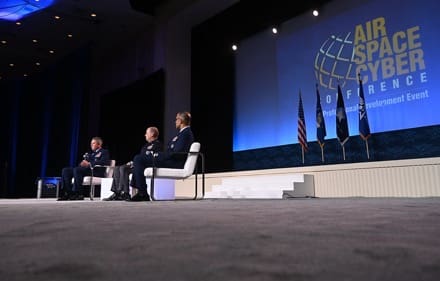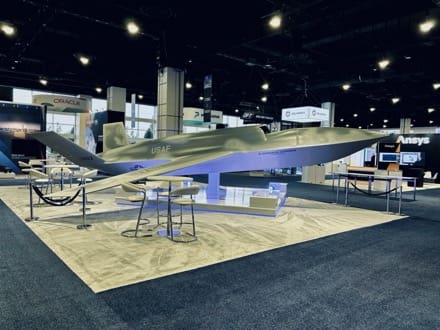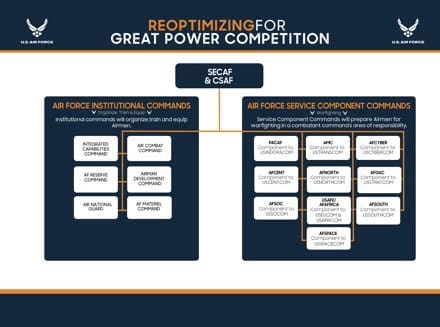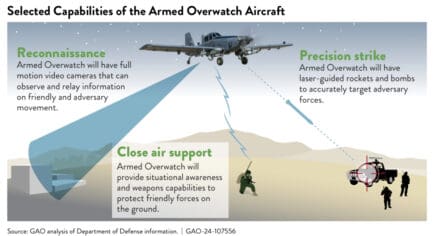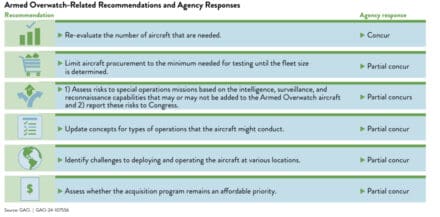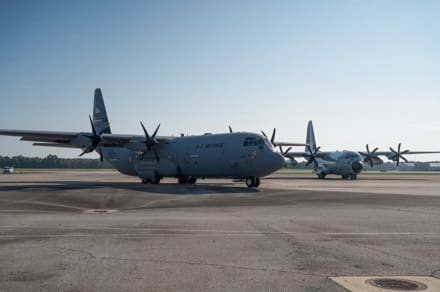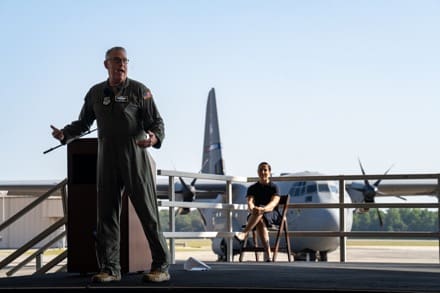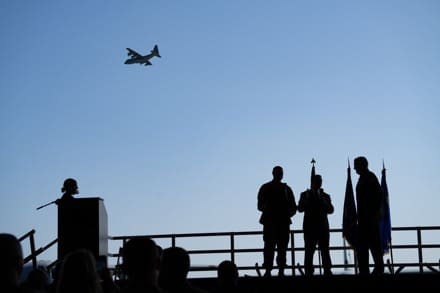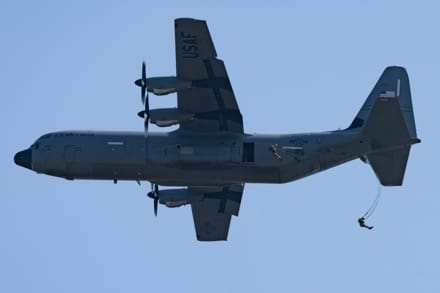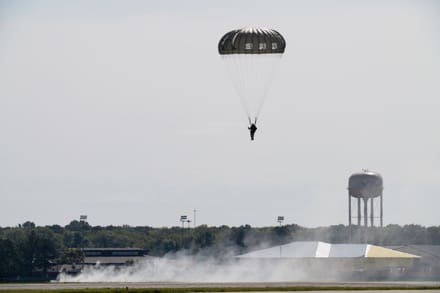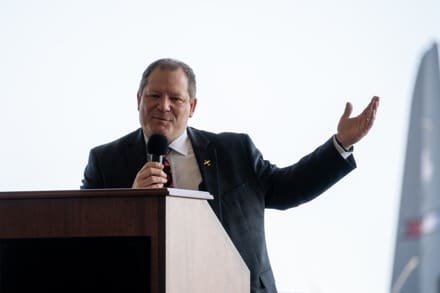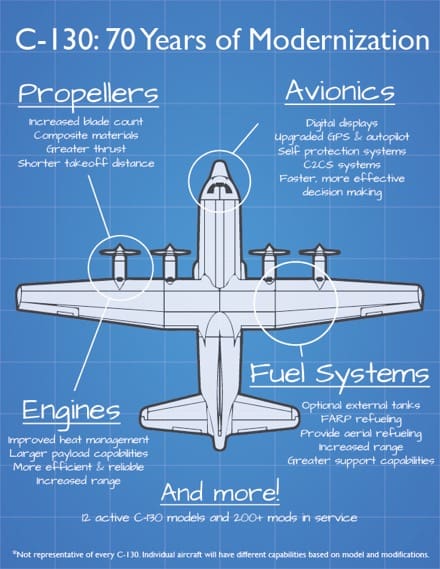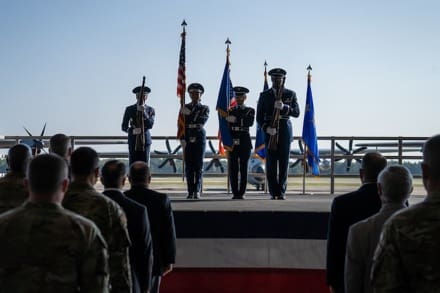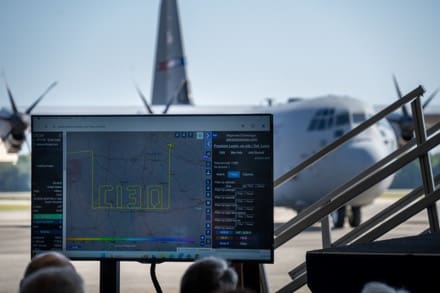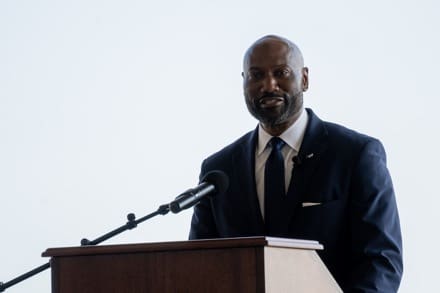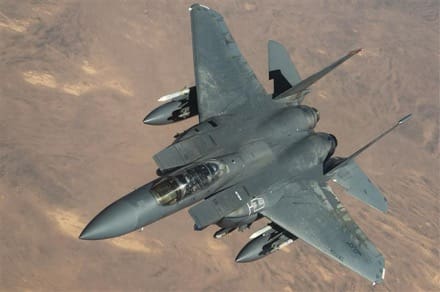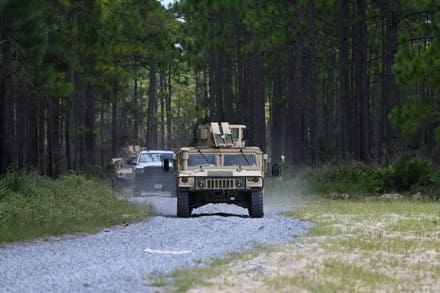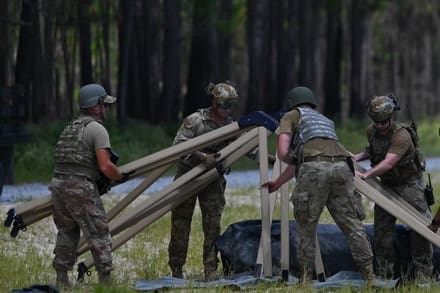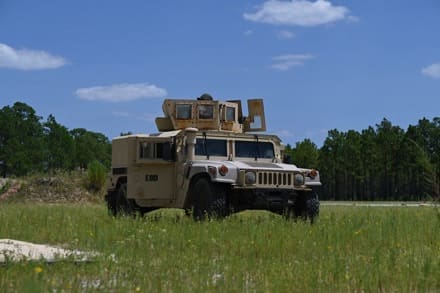AFWERX selects goTenna for a Small Business Innovation Research contract to develop CoTS capabilities to enable communications connectivity solutions for the U.S Air Force.

JERSEY CITY, NJ (September 16, 2024) – goTenna, the world’s leading mobile mesh networking company, was awarded $15M through the Air Force’s Strategic Funding Increase (STRATFI) Program to provide enhanced Commercial Off-The-Shelf (CoTS) mesh capabilities. This award allows goTenna to develop and enhance the company’s already robust ecosystem of integrated, industry-leading CoTS communication equipment that enables connectivity in peacetime and wartime environments. goTenna’s solutions will directly contribute to the Department of the Air Force’s (DAF) Strategic Need for Resilient Information Sharing through hardware and software over mobile ad-hoc mesh networks. goTenna’s technology will increase coordination across all Joint Force assets and partner forces through assured communications and shared situational awareness.
STRATFI is a joint initiative by AFWERX and SpaceWERX designed to assist Small Business Innovation Research (SBIR) and Small Business Technology Transfer (STTR) projects in bridging the challenging gap between development and full production. By providing a multi-year infusion of funds, this effort enables small businesses to attract necessary investors and continue their research and development efforts as they progress towards full-scale capability.
“This contract will enable goTenna to further optimize our commercial off the shelf mesh radio capabilities to better support Air Force and Department of Defense missions,” said goTenna CEO Ari Schuler. “The AFWERX program has been a critical driver for advancing goTenna’s support for the warfighter, and the STRATFI program is ideal for enabling small businesses to successfully transition new capabilities to market. We appreciate the amazing support of our end users in the special warfare community, the Hanscom Air Force base contracting activity, and the STRATFI program office in advancing critical communications capabilities for the US government.”
In addition to the STRATFI contract award, goTenna announced an investment by Vanedge Capital in goTenna’s ongoing Series 1 fundraise. Vanedge is an early-stage venture fund that invests in companies building foundational new technologies with transformational potential, focusing on disruptive hardtech platforms, analytics, and AI.
“goTenna’s resilient mesh networking technology solves vital connectivity challenges for the most demanding customers in the world, and has already proven its worth in critical operations,” said Moe Kermani, Managing Partner at Vanedge Capital. “We’ve been extremely impressed by Ari and the entire goTenna team, and are confident that their relentless focus on their customers’ missions will lead to more growth and greater success.”


